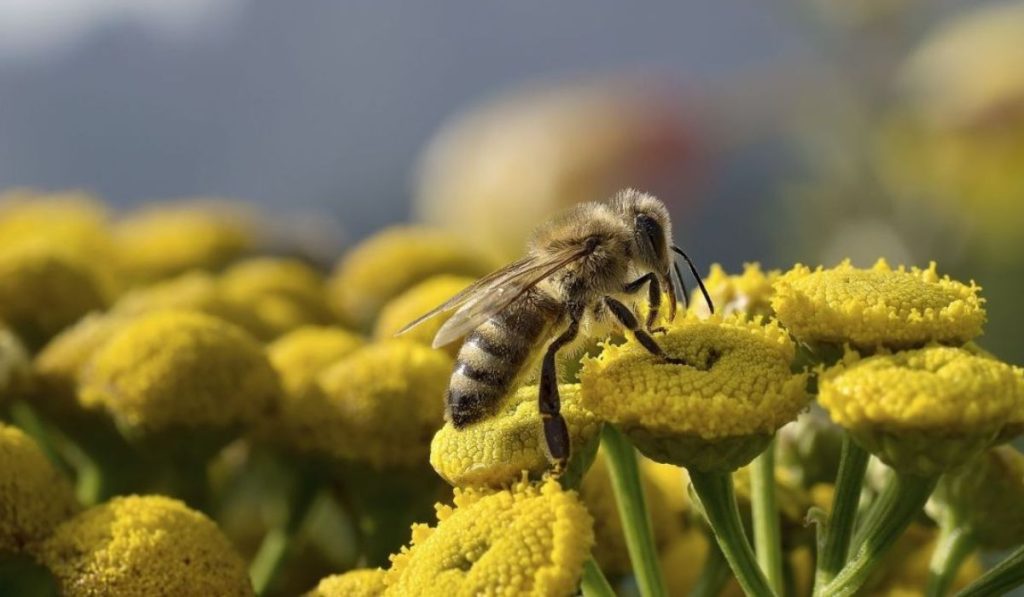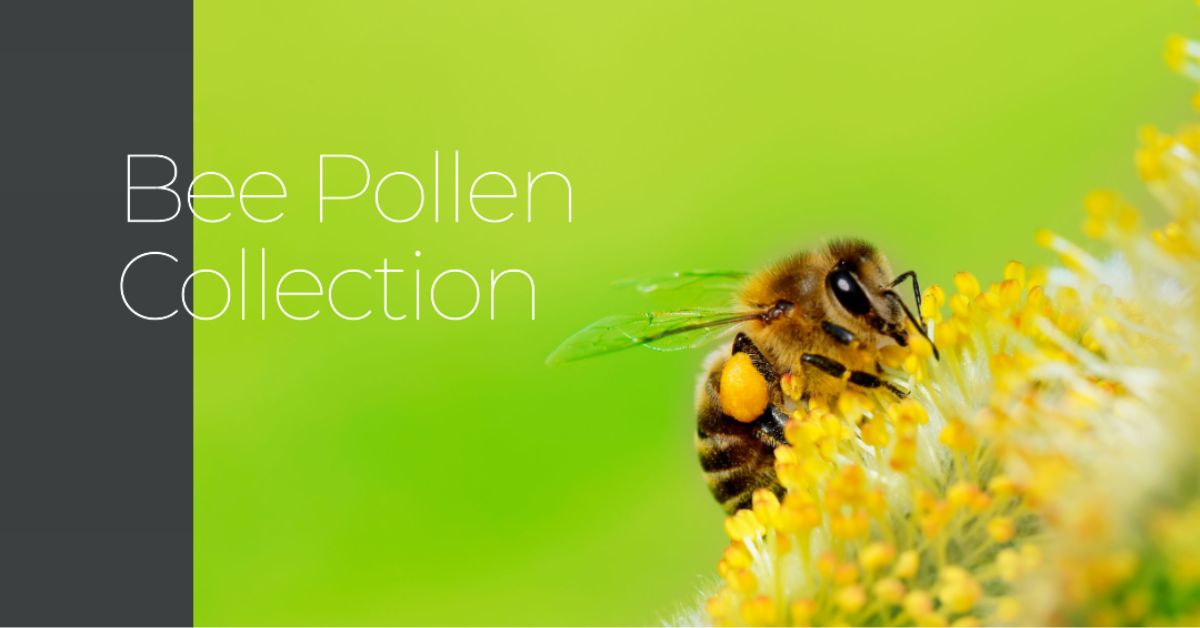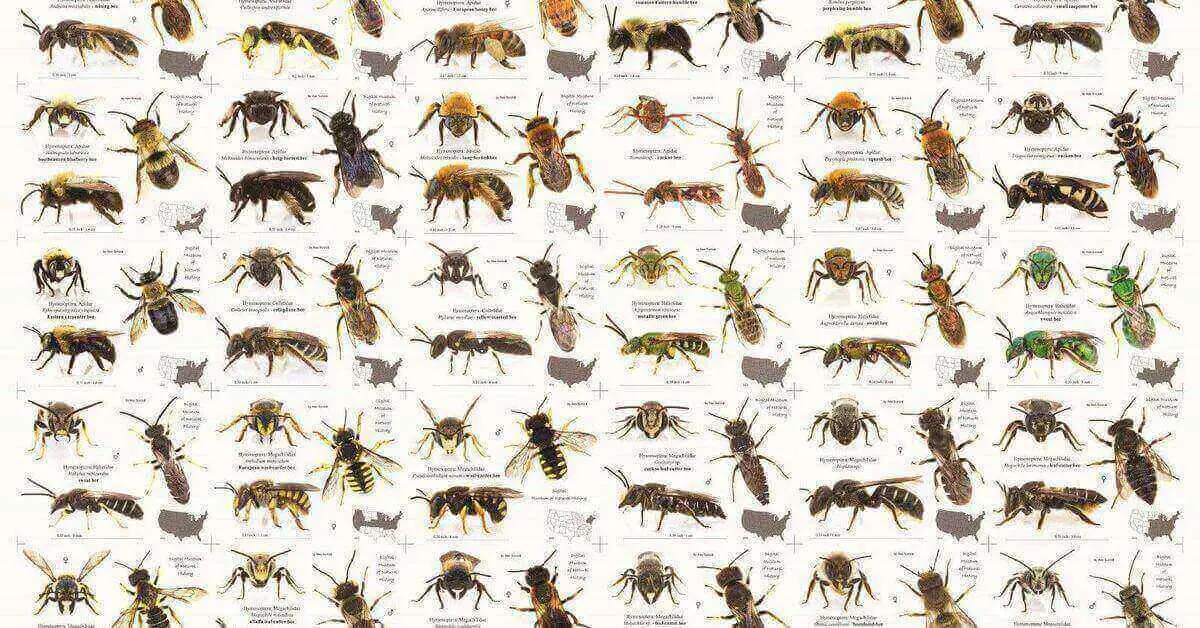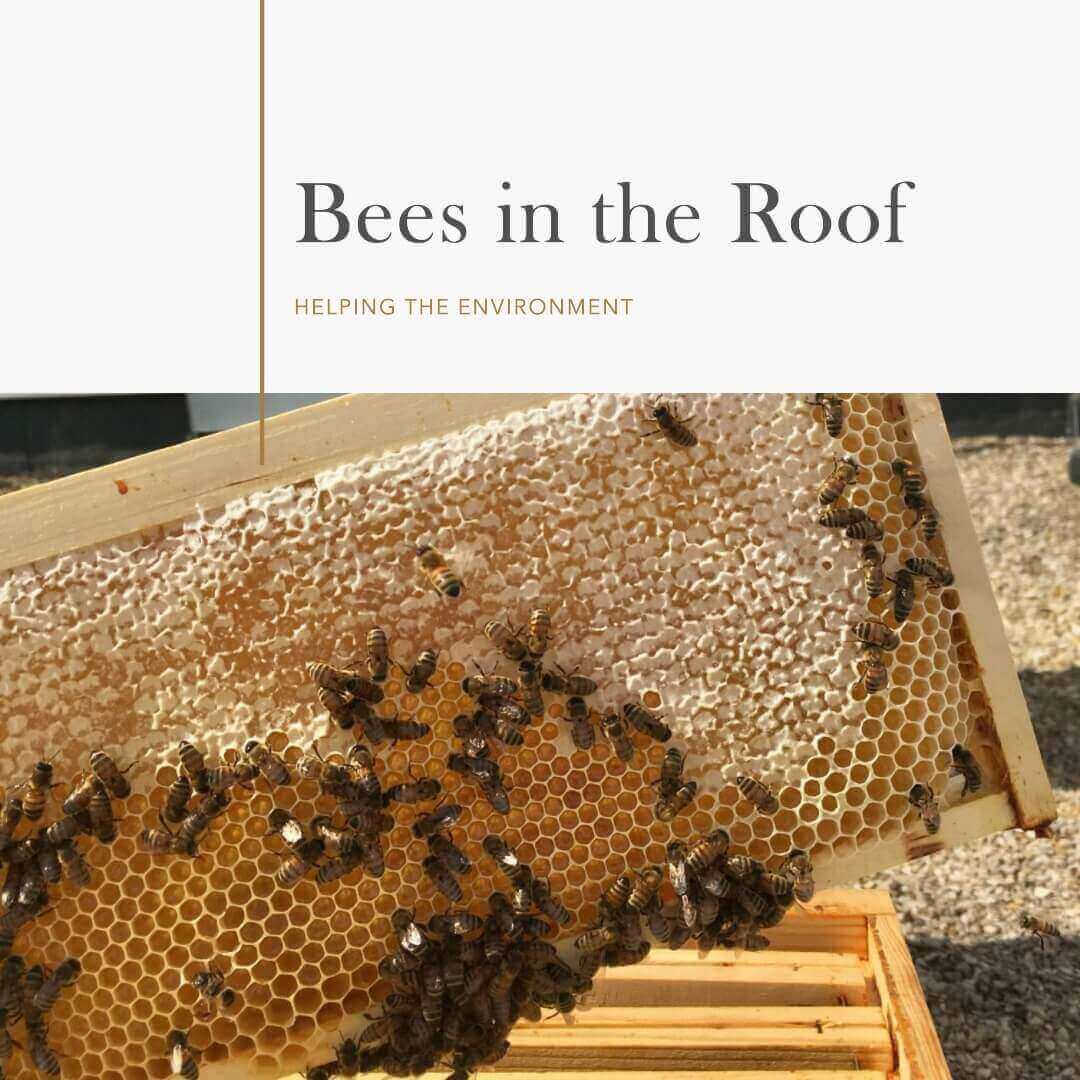Bee pollen is a remarkable natural substance with numerous health benefits, widely known for its nutritional content and medicinal properties. In this blog, we will explore the fascinating world of bee pollen collection, the methods used, and how this incredible product is made and harvested by our buzzing friends, the honeybees.
Bee Pollen Collection Methods
Honeybees are remarkable creatures, and their complex social structure enables them to collect pollen efficiently. As they forage for nectar to produce honey, they unintentionally collect pollen from flowering plants, which sticks to the fine hairs on their bodies. Beekeepers have devised ingenious ways to collect this precious pollen without harming the bees or disturbing their colonies. One common method is the use of pollen traps, which are strategically placed at the hive entrance. These traps gently brush the pollen off the bees’ legs as they enter the hive, safely collecting it for human consumption.
List of Bees which Collect Pollen.
| Honeybee | Bee Species Pollen Collecting Behavior |
| Bumblebee | Gathers pollen for brood rearing and to feed the colony. |
| Carpenter Bee | Collects pollen to provision its nest for its offspring. |
| Mason Bee | Pollen is collected and placed in nest cells as food for larvae. |
| Leafcutter Bee | Collects pollen to create pollen balls for nesting and larval food. |
| Mining Bee | Gathers pollen to feed its larvae and store it in underground nests. |
| Sweat Bee | Collects pollen primarily for feeding its young. |
| Andrena Bee | Pollen is collected to provision nest cells with food for larvae. |
| Cuckoo Bee | Parasitic bee that lays eggs in other bee nests, does not collect pollen. |
| Longhorned Bee | Pollen is collected and mixed with nectar to create food for larvae. |
| Wool Carder Bee | Collects pollen and uses plant hairs to line its nest cells. |
| Sunflower Bee | Specialized in pollinating sunflowers, collects pollen during visits. |
The Making of Bee Pollen
Bee pollen is not something bees create intentionally; rather, it is a byproduct of their essential role as pollinators. Bees flit from flower to flower, collecting nectar and inadvertently picking up pollen on their bodies. They compact this pollen into pollen pellets using nectar and enzymes, storing the pellets in specialized structures on their hind legs known as pollen basket. The bees then carry these pellets back to their hives, where they use them as a primary protein source to feed their larvae and nourish the colony.

Harvesting Bee Pollen
Bee pollen harvesting is a delicate process that requires careful consideration to ensure the well-being of the bee colony and the quality of the pollen. When the pollen traps or frames are full, beekeepers carefully collect the pollen and transfer it to collection containers. It is crucial to leave enough pollen in the hive to sustain the bees and their young ones. Responsible beekeepers follow ethical practices and rotate their harvesting schedules to avoid overburdening the colonies.
Bee Pollen collection Basket
The collection of bee pollen occurs during the process of pollination. As bees forage for nectar from flowers, tiny grains of pollen stick to their fuzzy bodies. To carry these granules back to the hive, honeybees utilize specialized structures on their hind legs known as “pollen baskets” or “corbiculae.” These baskets are concave areas surrounded by stiff hairs that form a secure and efficient pollen-carrying mechanism.
The process of transferring pollen to the collection basket is a fascinating sight to behold. Once a bee finds a flower with pollen, it methodically scrapes the pollen grains off the anthers using its mandibles. The bee then moistens the pollen with regurgitated nectar, making it more manageable to handle. Subsequently, it packs the pollen into the pollen baskets on its hind legs, tamping it down into compact pellets.
Related Posts:
Conclusion
Bee pollen collection is a fascinating and eco-friendly process that highlights the vital role bees play in our ecosystem. By understanding the methods used and the process of bee pollen formation, we can appreciate the significance of these tiny, industrious insects and the incredible natural gift they bestow upon us. Responsible harvesting practices ensure the well-being of both bees and humans, providing us with a sustainable supply of this superfood to enjoy its nutritional benefits for years to come. Let us cherish and protect these pollinators, for their work sustains not only our health but also the entire planet.




